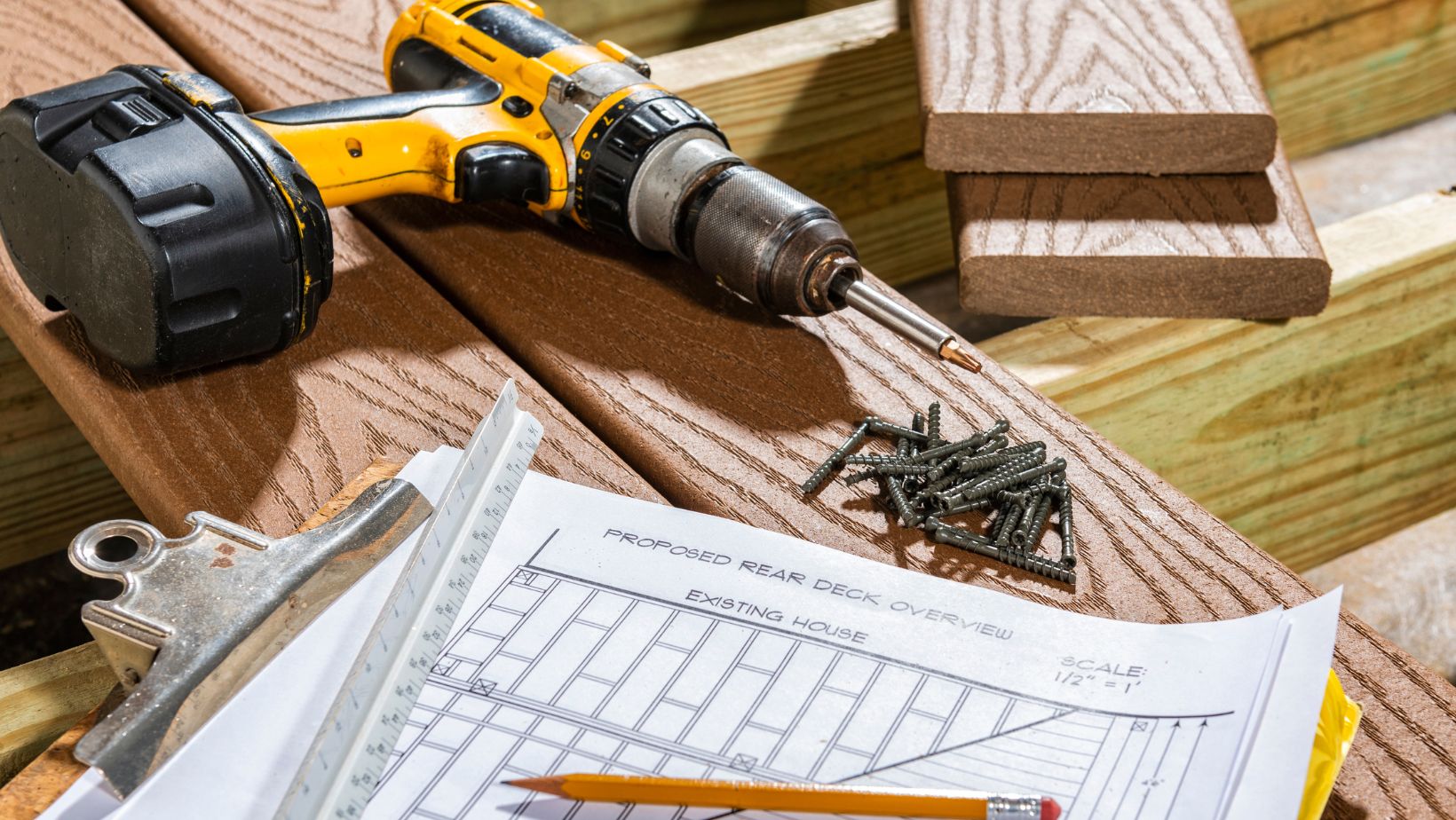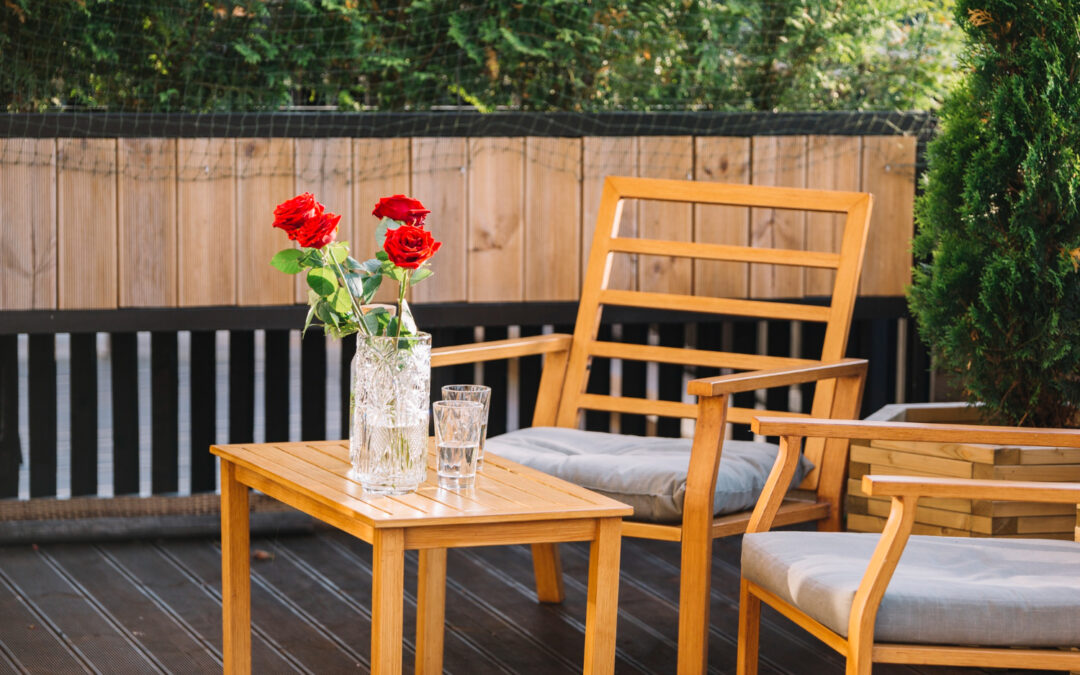Choosing the right decking material is crucial for any homeowner or builder. The material you select not only defines the aesthetic appeal of your outdoor space but also its longevity, maintenance needs, and suitability to your local environment. With a range of materials available, including wood, composite, plastic, and aluminum, the decision can be overwhelming. This guide aims to compare and contrast these materials, providing you with the essential information needed to make an informed choice.
Overview of Decking Materials
Decking materials can broadly be categorized into four types: wood, composite, plastic, and aluminum. There are distinct qualities, advantages, and disadvantages to each. The choice often hinges on factors such as the local climate, usage patterns, personal aesthetic preferences, and maintenance willingness. Understanding these options is the first step in selecting the perfect decking material for your home. You can read more at Ovaeda for additional information on decking materials.
Wood Decking
Wood decking has been the traditional choice for decades, valued for its natural beauty and variety. Common types include cedar, redwood, and pressure-treated lumber, each offering a unique look and feel.
Pros and Cons
Wood is known for its natural appearance and the warm, inviting ambiance it creates. However, it requires regular maintenance, like staining and sealing, to prevent decay, warping, and termite damage. It’s also prone to weathering effects, especially in harsh climates.
Maintenance Requirements
Wood decks need annual cleaning and bi-annual sealing to maintain appearance and longevity. Neglecting maintenance can lead to rapid deterioration.
Environmental Impact
The environmental impact varies by wood type. While cedar and redwood are more sustainable, pressure-treated lumber contains chemicals that can harm the environment.
Ideal Use Cases and Climates
Wood decks are best in moderate climates and for homeowners willing to invest time in maintenance. They’re a great choice for a traditional, natural look.
Composite Decking
Wood fibers and recyclable polymers come together to form composite decking. It balances the natural look of wood and the durability of synthetic materials.
Advantages and Disadvantages
Composite decking’s key assets are its resilience to rot, decay, and insect damage and low maintenance requirements. However, it can be more expensive than wood and tends to get hot underfoot in sunny climates.
Maintenance and Durability
Composite decks require minimal maintenance, usually just regular cleaning. They’re also more durable than wood, with many manufacturers offering extended warranties.
Cost Comparison with Wood
While the initial cost is higher than wood, the long-term savings in maintenance can make composite decking a cost-effective option over time.
Suitable Environments and Usage Scenarios
Composite decking is ideal for areas with harsh weather conditions and homeowners looking for a balance between aesthetics and maintenance.
Plastic Decking
Plastic decking, primarily made from polyvinyl chloride (PVC), offers a completely synthetic option for homeowners.
Benefits and Limitations
Its main benefit is its resistance to rot, insects, and weathering. Some drawbacks include an unnatural appearance and the fact that it can expand and shrink in response to changes in temperature.
Maintenance, Durability, and Lifespan
Plastic decking requires minimal maintenance, generally just cleaning. It’s highly durable and often comes with lengthy warranties. The lifespan can exceed that of traditional wood decking.
Cost-Effectiveness and Environmental Considerations
While initially expensive, its longevity and low maintenance can make it a cost-effective choice.

However, environmental concerns arise due to its synthetic nature and production process.
Ideal Use Cases
Ideal for high-moisture environments or places with extreme weather conditions, plastic decking suits homeowners looking for maximum durability with minimal upkeep.
Aluminium Decking
Aluminium decking is a less common but highly durable option. It’s known for its strength, lightweight, and resistance to weathering, insects, and rot.
Pros and Cons
Its advantages include its exceptional durability, minimal maintenance, and fire resistance. On the downside, it can be costly and may not offer wood’s warm, natural appearance.
Maintenance Needs and Durability
Aluminium decks require little to no maintenance and are highly durable. They do not warp, crack, or splinter, making them a long-lasting option.
Cost and Environmental Impact
Although one of the more costly decking materials, aluminium can pay for itself in the long run. It’s also environmentally friendly, often made from recycled materials and fully recyclable.
Situations Where Aluminum Decking is the Leading Choice
Aluminium decking is best for areas prone to wildfires and extreme weather or where a modern, industrial aesthetic is desired. It’s also suitable for structures requiring a lightweight yet strong material.
Comparison and Contrast of Decking Materials
When choosing between wood, composite, plastic, and aluminium decking, several key factors come into play: cost, maintenance, durability, and aesthetic appeal.

- Cost: Wood is generally the most budget-friendly upfront, especially pressure-treated lumber. Composite and plastic are more expensive initially but offer savings in maintenance costs. Aluminium, while the most costly upfront, offers exceptional longevity.
- Maintenance: Wood requires the most maintenance, including regular staining and sealing. Composite and plastic decking need minimal upkeep, mostly just cleaning. Aluminium is the lowest in maintenance, needing virtually no care after installation.
- Durability: Aluminum tops the list for durability and resistance to weathering, rot, and insect damage. Composite and plastic are also highly durable, while wood is susceptible to these issues if not properly maintained.
- Aesthetic Appeal: Wood offers a classic, natural look but is limited by its susceptibility to weathering. Composite can mimic the look of wood but with more excellent durability. Plastic has a less natural appearance but comes in various colours. Aluminium provides a modern, industrial look but lacks the warmth of wood.
Conclusion
The choice of decking material is a significant decision that influences not only the aesthetic of your outdoor space but also its functionality and longevity. Wood offers natural beauty but requires maintenance. Composite and plastic balance low maintenance and aesthetic appeal, while aluminium stands out for its durability and unique look.
It’s essential to choose the right material for your outdoor space. Each material has different qualities, so it’s essential to carefully consider your options to create a beautiful and durable space that works for you.
Jessica has a flair for writing engaging blogs and articles. She enjoys reading and learning new things which enables her to write different topics and fields with ease. She also strives to break down complex concepts and make them easy for anybody to comprehend.





